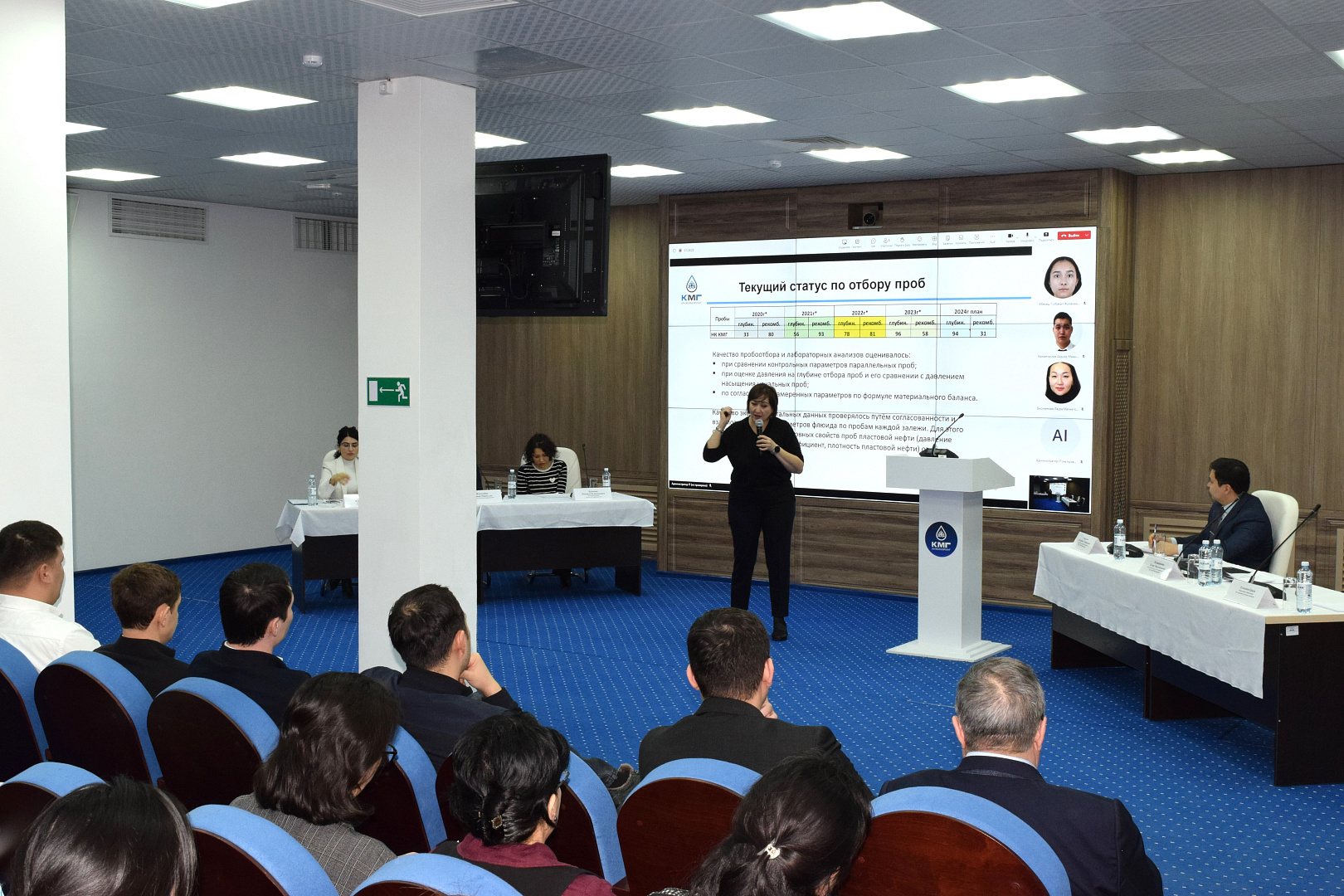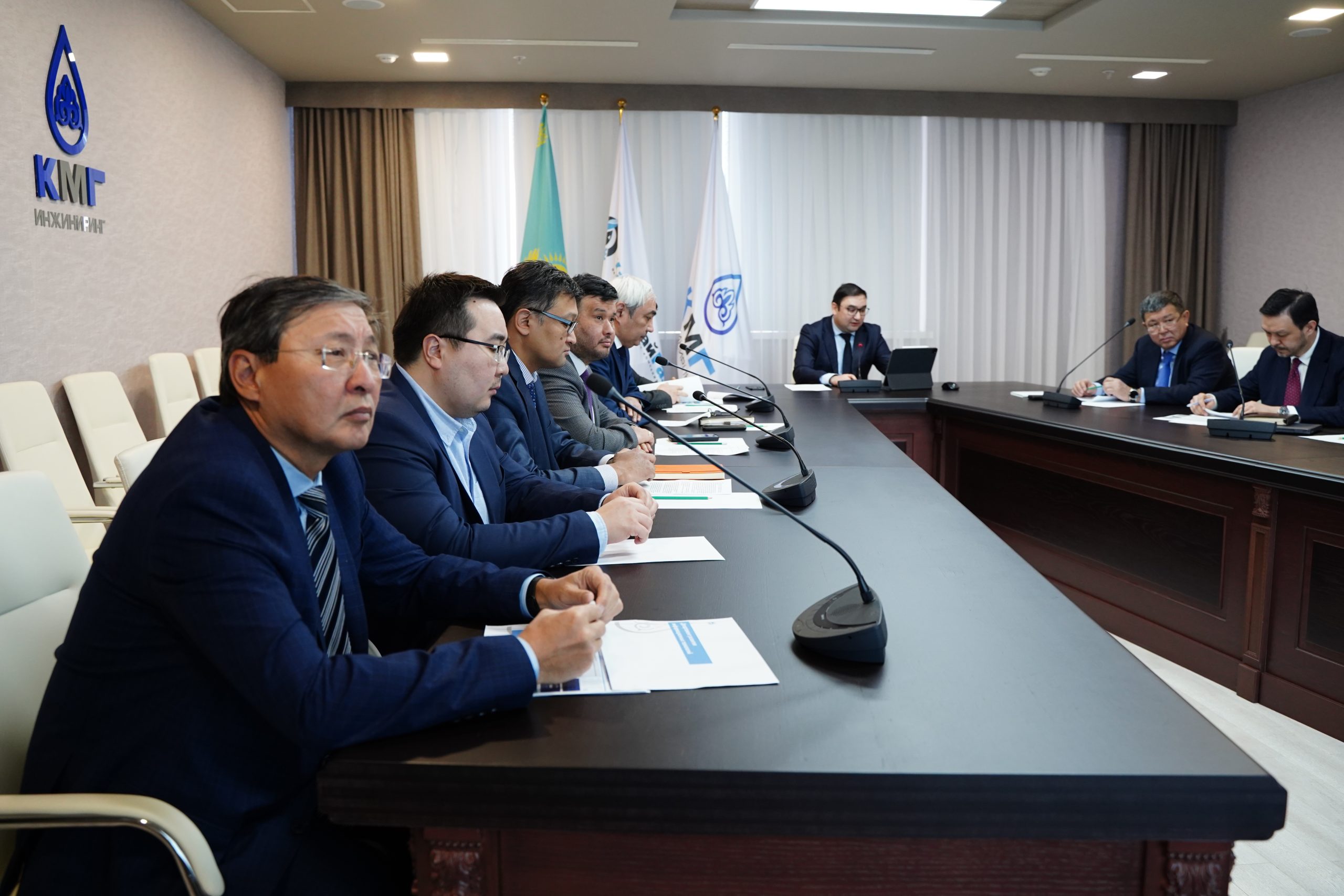Scientific knowledge in corrosion control
- 25.02.2022
- News-Eng
- Comments Off on Scientific knowledge in corrosion control
- sdauren
Nursultan Alzhanov, a design and analysis engineer in the group of experts KMG Engineering, who has been working at our company since 2020, is using this tactic.
Nursultan is a graduate of Eurasian National University, and studied a Bachelor of Engineering in Aerospace Engineering. He completed his studies at Nazarbayev University in 2020 with a Master’s degree in Mechanical Engineering.
Nursultan is passionate about his profession, making him a tireless advocate of his existing knowledge in design and engineering. His background includes Advanced Computational Fluid Dynamics (CFD) and Heat Transfer, Neural Networks and Deep Learning, TensorFlow in Practice, Digital Manufacturing and Design, Numerical Methods, Advanced Manufacturing Processes and Strategies, Advanced Control Engineering, Advanced Statistics and Probability.
“I also did research at Nazarbayev University in the meantime during my studies. This is why my academic training and experience have become a launch pad for later involvement in an interdisciplinary field where numerical methods can be applied in mechanical engineering for research purposes,” the young engineer remembers being a student.
During his Master’s thesis research, Nursultan worked on the development of a satellite side panel made of NiTi (nitinol)-metal-NiTi composite strips, that could exhibit technologically applicable combinations of high stiffness and high damping properties. In passive damping for vibration isolation through the superelastic properties of SMA (shape memory alloy), a new configuration of a complex beam was found by incorporating films and strips of nitinol and aluminium.
“My task was to develop a computational framework in the ANSYS and MATLAB programs operating in the ABAI Information System for the prediction of structural damping capabilities for beams of different thicknesses, and I succeeded in achieving my goal,” says Nursultan.
Since joining KMG Engineering, the expert has generally worked on various types of dynamic and static strength analyses of offshore platform structures, selection of structural materials and equipment in the oil and gas industry.
Specifically, he has performed CFD analysis of transport species and multiphase models to prevent hollow corrosion in pipelines and neighboring equipment.
“Following my experience at KazMunaiGas, I studied the characteristics of two-phase flows containing crude oil, water, H2S and CO2 gases, resulting in pipe corrosion. My task was to determine the continuation of the turbulent flow and the distance to the stratification of the flow into phases.”
And the LO-CAT project involved modelling and thermal analysis of the LO-CAT reactor. The special features of the reactor, as the engineer explains, are the numerous incoming pipelines with different phases and temperatures. The current study includes geometric modelling of the pipeline and reactor using ANSYS Fluent.
Nursultan has also conducted a mathematical analysis on predicting corrosion rates from the ions in corrosion inhibitor solutions in MATLAB.
In addition, work has been done on the ABAI platform coordinates, specifically the location of pipelines and wells in the Uzen field using QGIS software. The latter work is related to the study of the load on foundations to be used on the Kalamkas-Khazar field platforms. The process of approving the engineer’s proposed concept is currently ongoing.





